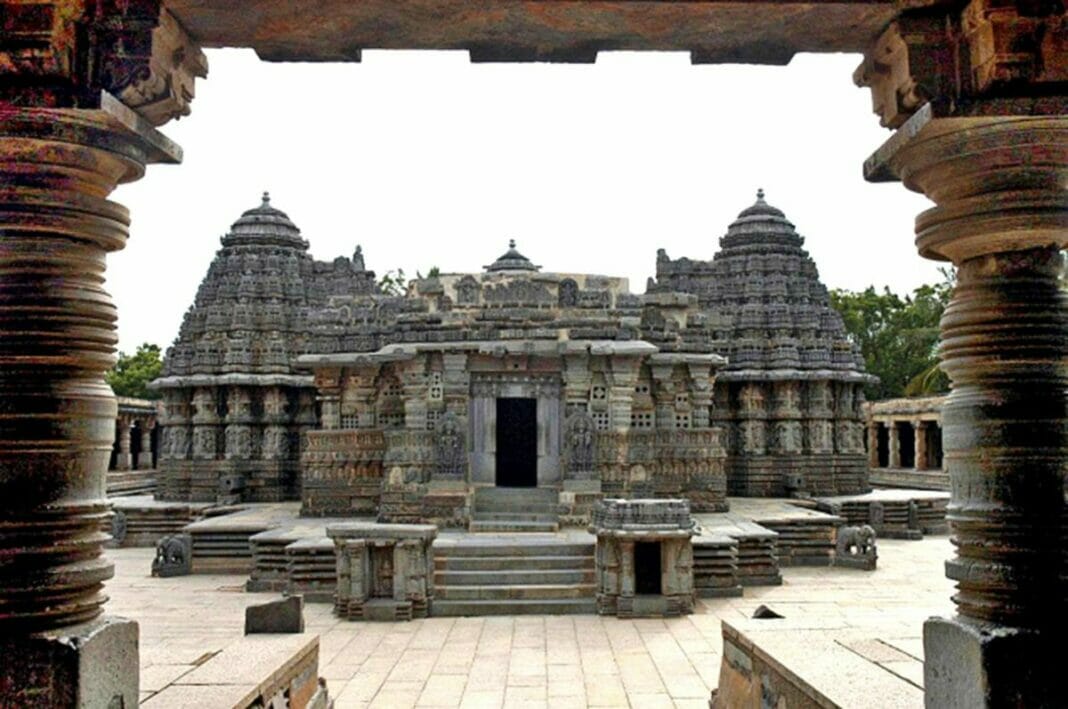On September 18, the Hoysala temples at Belur, Halebidu, and Somanathapur in Karnataka, India, were officially declared UNESCO World Heritage Sites. This recognition is expected to enhance global visibility and attract more international tourism to these historical places.
The Keshava temple at Somanathapur in Mysuru district was added to the list of nominees
The Chennakeshava temple at Belur and the Hoysaleshwara temple at Halebidu, both located in Hassan district, have been on UNESCO’s tentative list since 2014. The Keshava temple at Somanathapur in Mysuru district was added to the list of nominees, and all three temples were officially submitted by the Indian government as India’s entry for 2022-23 in February 2022.
In September of the previous year, an expert from the International Commission on Monuments and Sites (ICOMOS) conducted site visits to all three temples. Subsequently, during the 45th session of the World Heritage Committee in Riyadh, Saudi Arabia, the monuments were officially inscribed as UNESCO World Heritage Sites.
These temples, protected by the Archaeological Survey of India (ASI), are collectively known as ‘The Sacred Ensembles of Hoysalas.’ They are renowned for their distinct architectural style characterized by intricate designs and a stellate plan built on raised platforms. The temples are constructed using chloritic schist, commonly known as soapstone, which is soft and ideal for intricate carving work.
Keep watching our YouTube Channel ‘DNP INDIA’. Also, please subscribe and follow us on FACEBOOK, INSTAGRAM, and TWITTER


